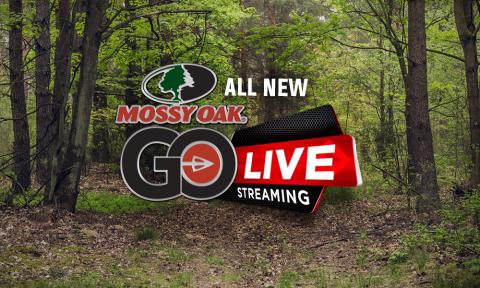Sitting around a cozy campfire makes unforgettable memories with your family and friends. Once you have finished telling stories and making s’mores, you need to put out your fire correctly before turning in for the night.
Leaving your campsite or going to bed before properly extinguishing your fire can quickly start forest fires, putting people, wildlife, and ecosystems in danger. If you are a regular camper, it is essential that you know how to put out a campfire safely. Follow our easy step-by-step instructions to keep your campsite safe while enjoying the outdoors.

Build a Fire Safely
If you are camping and plan on building a fire, you must build it properly to protect yourself, fellow campers, and the surrounding environment. To build a fire correctly, there are a few precautions you need to take which will ensure you have a blazing campfire in no time and a quick cleanup when you are ready to leave.
- Check the Weather: If the weather is especially dry or windy, save building a campfire for another day. Dry leaves and scrub can quickly ignite with even the slightest contact with embers, and strong winds can blow flames and sparks to secondary locations where the fire can quickly get out of control. You should also consult the local authorities about whether there is a fire ban in effect.
- Find the Right Location: Most campsites are equipped with a built-in fire pit that provides the perfect level of access and shelter to prevent flames spreading. Alternatively, you can bring your own fire pit to contain the coals and set it up in a safe area. The site should be sheltered from the wind and have at least 10 feet of clearance above and around the site. Reinforce your fire pit site by clearing away debris and leaves and positioning greenwood and rocks in a circle around the pit.
- Get the Right Equipment: To build and extinguish your campfire safely, you need to have the right tools for the job. Always have two buckets of material for extinguishing the fire located in an easily accessible place close to the fire site. You will also need a shovel for stirring coals or shoveling dirt onto the campfire.
Dousing Materials
There are several options for materials you can use to douse or smother the flames. Each is effective and can be used on any fire but need to be applied in different ways.
- Water: Water is the best and fastest way to extinguish your campfire, and most campsites have a readily accessible water source nearby. Always keep a bucket of water near the fire in case the wind picks up and the flames begin to spread or get too high.
- Sand: Sand works by smothering the fire and limiting the embers’ exposure to oxygen. However, if you have a lot of coal remaining, they can heat the sand, and it may take longer for the campfire to cool down to a safe temperature.
- Dirt: Dirt is an excellent option because it is found everywhere, even in undesignated campsites. If you don’t have enough water to completely douse the fire, dirt makes an excellent secondary option. Remove the top layer of dirt to find the damper soil underneath. This can also prevent any debris from fueling the fire.
A Step-by-Step Guide to Extinguishing a Campfire

Step 1: Wait Until the Flames Burn Down
Before leaving or going to bed, allow time for the last of the firewood to burn down to coals and the flames to go out.
Step 2: Spread the Coals
Using a shovel, spread the coals around as much as possible within the campfire. Doing so can help them to cool faster due to increased airflow around the coals, and it removes any unburnt fuel to prevent reignition.
Step 3: Douse the Campfire
Whether you are using water, sand, or dirt, cover the embers and surrounding area with your dousing material. The amount of material you use will depend on the size of your fire, but, for the average campfire, you need at least two buckets. If you are using water, pour the water slowly from a height for better distribution, and avoid standing in the way of the rising steam.
If you are using sand or dirt, ensure you only apply a thin layer to inhibit access to oxygen. Applying too much sand or dirt can insulate the embers and create a fire underneath the surface of the sand that could potentially reignite later.
Step 4: Stir the Remaining Ash and Embers
Using a long skewer, stick, or shovel, stir the remaining ash around to find any remaining embers. If there are still large logs remaining, don’t forget to rotate and scrape the embers away from the unburnt areas, then place the burnt side down in the water and douse the logs again.
Step 5: Repeat Until Cold
If after stirring the ash, there are still embers remaining, continue the process of dousing and stirring until all embers are extinguished and the fire pit is cold. Apply another layer of sand or dirt as an added safety precaution.
Step 6: Check the Campsite
Before leaving, always remember to check the areas surrounding your campsite for stray sparks or embers, which can easily start spot fires.

The Wrap Up
Never wait until you are ready to leave to put out your campfire. Begin the process of extinguishing the fire as soon as you start to pack up camp. It can take time for hot coals to cool even in wet weather or after they have been doused. Always include a fire blanket and burn cream in your camping essentials to help prevent and treat campfire injuries.
Do you love camping and exploring nature? At Mossy Oak, we have the best advice on hunting, outdoor gear, camouflage gear, and cooking wild game to help you make the most of your time in the great outdoors.






























